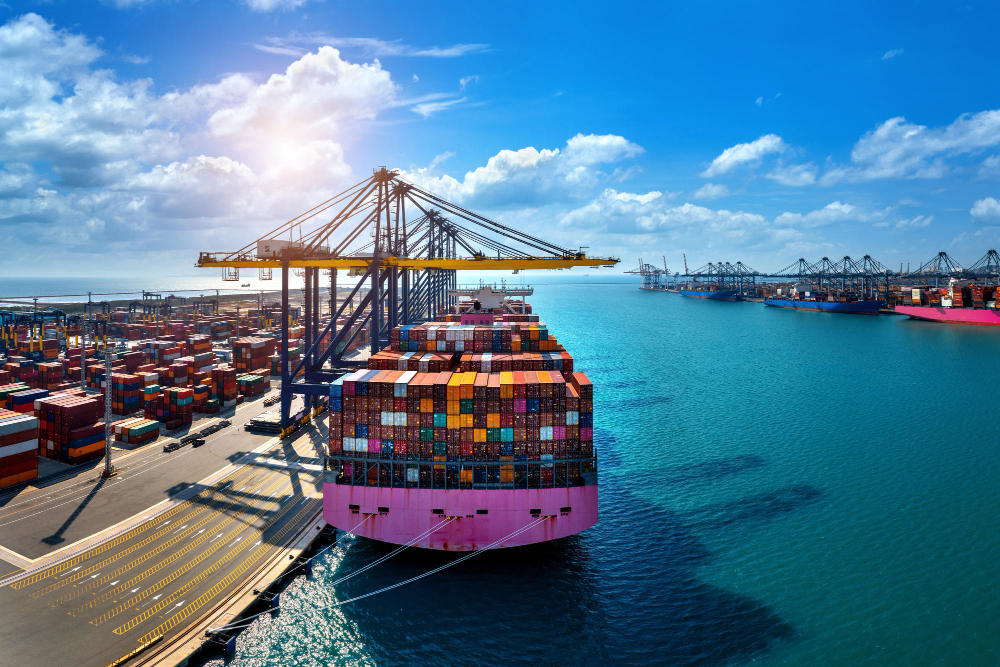May 1, 2023
What’s happened?
By early March global sea freight rates (measured in US dollar terms, for 40‑ft equivalent units) had approached (or even fallen below) pre‑pandemic levels, according to the Freightos Baltic Index, a daily freight container index. The declining price trends suggest that global trade activity will slow further over the second and third quarters of 2023.
Why does it matter?
Shipping rates are traditionally an early indicator of trouble. The surge in sea freight rates since late 2020, for example, ushered in a period of rapid trade growth (and supply-side disruptions, as exporters and logistics firms struggled to match soaring consumer demand) over 2021 and early 2022. After surging to record‑high levels, shipping rates have now declined sharply, suggesting an impending downturn in global demand. Recent data confirm this view, providing early signs in the US and the EU of slowing consumer and business spending.

A recovery in global trade is unlikely in the near term. Our forecasts already assume slow growth across most major European economies through the remainder of 2023, with a technical recession (that is, two consecutive periods of negative quarter-on-quarter growth) likely in the US in the second and third quarters of the year. China’s upside growth surprise in January‑March was driven by a recovery in domestic demand, but persistent weakness in goods imports affirming our view that China’s post‑covid economic rebound will have limited regional spillover. The downturn in the global electronics cycle suggests that the boom in semiconductor demand since late 2020 is largely over, weighing on the outlook for Asian exporters like Singapore, South Korea, Taiwan, Malaysia and Vietnam.

High levels of inventories in Western markets are also depressing new export orders from overseas manufacturers. It is likely that some recent export figures, particularly from some Asian markets, represent a rundown of these inventories rather than new export-oriented production. This may carry negative consequences for some manufacturing jobs and wages, suggesting wider economic shocks to some trade-reliant economies that may have benefited from the pandemic-fuelled trade boom in 2020‑22.
What’s next?
We expect global trade growth to recover starting from late in the third quarter of 2023 as global economic activity starts to firm by the fourth quarter. Nevertheless, a recovery in global trade is contingent on the economic performance of the US and the EU, and there is a risk that the depressive effects of monetary tightening in both markets persist beyond our current expectations.

Trade pressures are not even across all industries, and we expect some sectors to navigate the current downturn better than others. For example, Chinese car exports are surging, but this will also worsen trade tensions with some economic partners, including the US and the EU.
Source: Economist Intelligence Unit (EIU)
Legal Notice: The information in this article is intended for information purposes only. It is not intended for professional information purposes specific to a person or an institution. Every institution has different requirements because of its own circumstances even though they bear a resemblance to each other. Consequently, it is your interest to consult on an expert before taking a decision based on information stated in this article and putting into practice. Neither Karen Audit nor related person or institutions are not responsible for any damages or losses that might occur in consequence of the use of the information in this article by private or formal, real or legal person and institutions.






